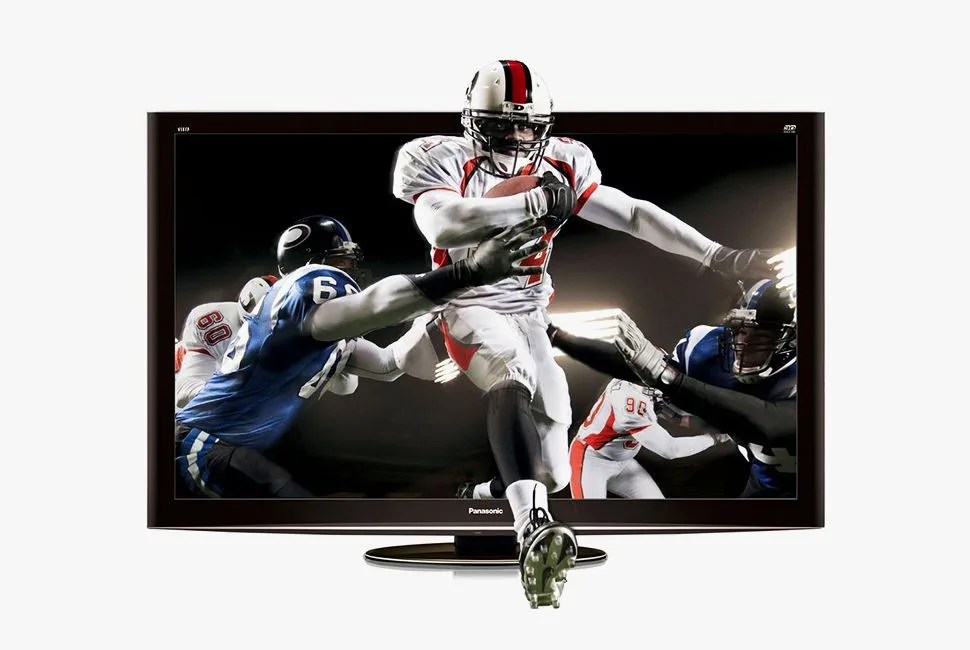For those easily satisfied, you’re probably a-okay with your high-def TV. After all, it sure looks a heck of a lot better than the standard-def tube TV it replaced, right? For those less easily satisfied, there’s calibration. Unbeknownst to many, your HDTV doesn’t have to look the way that it did when initially powered up. As sets have advanced, manufacturers have included an increasingly diverse set of menu options. To boot, these options aren’t relegated to some secret menu only accessible by licensed installers and wizards of mythical lands. Thanks to the magic of the Internet, it’s relatively simple for even laypeople to quickly become experts in image quality.

For our purposes, we’re going to look at three ways to calibrate your HDTV — the easy way, the app way and the long way. Regardless of which you choose, your set ought to look a lot more natural. Out of the box, most HDTVs are far too bright and far too sharp. These two elements tend to catch the most eyes in big box retailers, which explains the default settings, but looking good in the showroom and looking good in your living room are two very different things. Crazy nuggets that most folks have never heard of (gamma, blue filter, luminance, etc.) all have an impact on the quality of one’s picture. Rather than engaging in days of trial and error, you’re better off utilizing a proven process.
1 Start with the easy route. This is going to sound obvious, but here goes: Googling your HDTV’s model number in conjunction with the phrase “calibration settings” is apt to yield great results. Granted, reading a list of settings won’t guarantee the best possible picture quality for your particular environment, but it’ll get you mighty close considering the minuscule amount of effort. True calibration requires that the environment is taken into account. Are there windows in your home? Is your HDTV installed in a perfectly dark theater? How much ambient light surrounds your set?
If you take the easy route, your calibration won’t take those nuggets into account. That said, many won’t notice the difference. CNET and AVS Forum have incredibly active user forums where HD enthusiasts from across the globe come together to share settings. With few exceptions, every major HDTV on the market gets professionally calibrated by at least one or two reviewers. Then, these reviewers share their ideal settings online. If you find your set, it’s as easy as pulling up the menu items and inputting the same figures as reported online.
2 Make it better by using your phone. Let’s take a moment and appreciate that one no longer needs a special DVD or Blu-ray Disc to calibrate an HDTV. All you need is the phone you already own and (perhaps) a cable that you probably don’t. And then, you’ll need the brass tacks. For those with an iPhone, iPad or Android handset, search your app store for THX Tune-Up. It’s a free app, but you’ll need a way for your device to interface with your television. The easiest way, at least for those who own an Apple TV, is to use AirPlay. For everyone else, you’ll need to pick up an adapter that converts from Lightning (iOS) or microUSB (Android) to HDMI.
Once your device is connected to your HDTV, it’s as easy as following directions for a half hour or so. The app walks you through an assortment of test patterns and photos, enabling you to gently tweak the myriad settings within your new set as you go. Once that’s complete, you’ll use your device’s camera to adjust the color until it’s just perfect.
